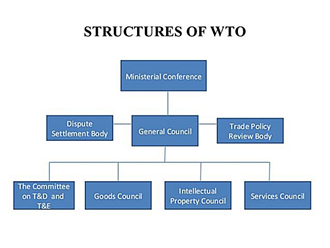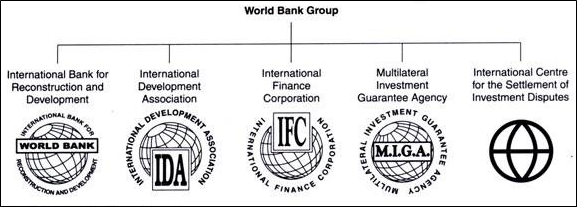Basel Norms
-
- Basel Norms are prescribed by Bank of International Settlements (BIS) for assets to minimum capital requirements for various categories of banks.
- Till now, 3 Basel Norms have been released.
- Currently, Basel-III Norms are in operations which became operational from 2013.
Basel-III Norms
Various indicators or prudential norms which are needed to be maintained under the Basel III norms are:
1. Capital to Risk (Weighted) Assets Ratio (CRAR)
It is also known as Capital Adequacy Ratio (CAR).
| CRAR = (Tier-I + Tier-II capital)/ Total risk-weighted assets. |
Note:
Tier-I Capital: Core and high-quality Capital (Share capital and disclosed reserves)
Tier-II Capital: various undisclosed reserves, revaluation reserves
According to Basel-III norms, CRAR should be a minimum 9.5%. RBI prescribes a higher CRAR of 12% for Public Sector Banks and 15% for certain categories of NBFCs and Cooperative Banks.
Higher CRAR gives confidence in the banking system that the capital of the bank can be used in case loans are not recovered. Thus, it gives a signal that banks are adequately placed from overcoming any financial crisis.
2. Liquidity Coverage Ratio (LCR)
| LCR = High Quality Liquid Assets/ Total Net Cash Outflow |
The proportion of highly liquid assets held by financial institutions to ensure that they maintain an ongoing ability to meet their short-term obligations (i.e., cash outflows for 30 days). The highly liquid assets are those which can be easily converted into cash to meet the short-term obligations. RBI has allowed all the types of assets held under SLR quota to be considered as highly liquid or high-quality liquid assets.
Banks have to maintain an LCR of 100 percent.
Total Net Cash Outflow: It is defined as the total expected cash outflows minus total expected cash inflows in the specified stress scenario for the subsequent 30 calendar days.
3. Capital Conservation Buffer
It was introduced to ensure that banks have an additional layer of usable capital that can be drawn down when losses are incurred. It is set at 2.5% of total risk-weighted assets. It must be met with Common Equity Tier 1 (CET1) capital only, and it is established above the regulatory minimum capital requirement.
4. Countercyclical capital buffer (CCyB)
It is a mandatory capital that is set aside by banks during a period of credit boom. The aim is to restrict banks from indiscriminate lending and also create a buffer to dive into in case of defaults.
5. Credit-Deposit (CD) Ratio
The CD ratio measures how much a bank lends out of deposits it raises. For example, a CD ratio of 75% means that three-fourths of deposits have been given out as loans. There is no specific number for the CD ratio given to the banks by the Reserve Bank, but 70-80% is its comfortable range. A high CD ratio may pose liquidity and credit risks for a lender. When the CD ratio is high, it implies that a large portion of the bank’s funds is tied up in loans, leaving fewer liquid assets. If depositors suddenly withdraw funds in large amounts, the bank may face liquidity challenges, making it difficult to meet short-term obligations.
Spread the Word


